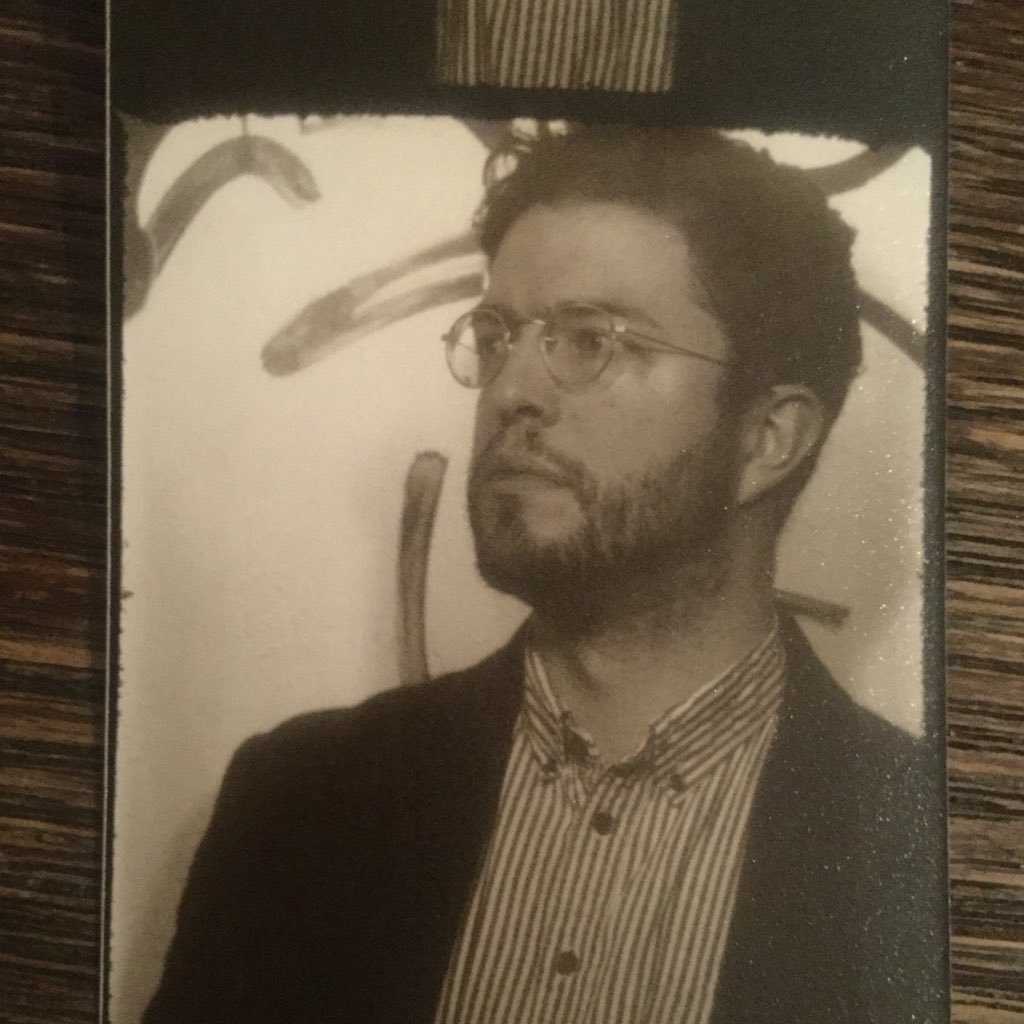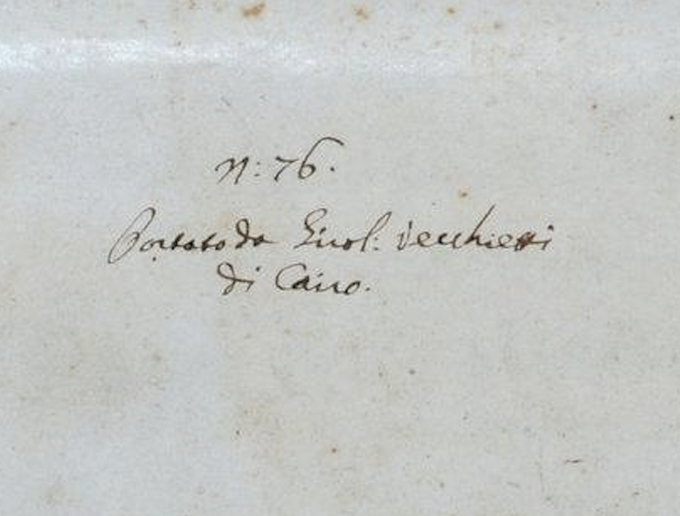
Paul Babinski
@Paul_Babinski
Followers
6,269
Following
830
Media
1,269
Statuses
3,267
Postdoc @EuropeanAn @koebenhavns_uni , PhD German @Princeton . I study the scholarly practices of early modern European orientalists.
Joined May 2014
Don't wanna be here?
Send us removal request.
Explore trending content on Musk Viewer
Macron
• 344603 Tweets
台風の影響
• 157126 Tweets
P-POP IWAGAYWAY ANG WATAWAT
• 138084 Tweets
#DaruratKekerasanAparat
• 118065 Tweets
LAMUGIN NYO SB19
• 106086 Tweets
#PanggilanDarurat
• 87155 Tweets
Ugarte
• 60653 Tweets
Noel
• 54410 Tweets
東海道新幹線
• 51857 Tweets
東出昌大
• 47880 Tweets
オアシス
• 37708 Tweets
#Oasis
• 32978 Tweets
PS5値上げ
• 27423 Tweets
価格改定
• 23514 Tweets
周辺機器
• 23414 Tweets
DualSense
• 14845 Tweets
OishiGreenTea x JIMMYSEA
• 14231 Tweets
오아시스 재결합
• 13557 Tweets
ゲーミングPC
• 11813 Tweets
パステル・ビー・ブラザーズ
• 11564 Tweets
アクターズリーグ
• 11253 Tweets
Last Seen Profiles
Newly arrived: the first English translation
@gorgiaspress
of the landmark trilingual study of Ottoman architecture (Turkish, French, German) commissioned for the 1873 Vienna World’s Fair, with reproductions of the original edition’s stunning lithographed plates.
3
34
135
A recording of my talk
@FBGotha
, “After 1683: The Circulation of Türkenbeute Manuscripts”, on Islamic manuscripts looted from Ottoman Europe and their role in early modern orientalist scholarship.
6
21
111



















































































































































































































































































































